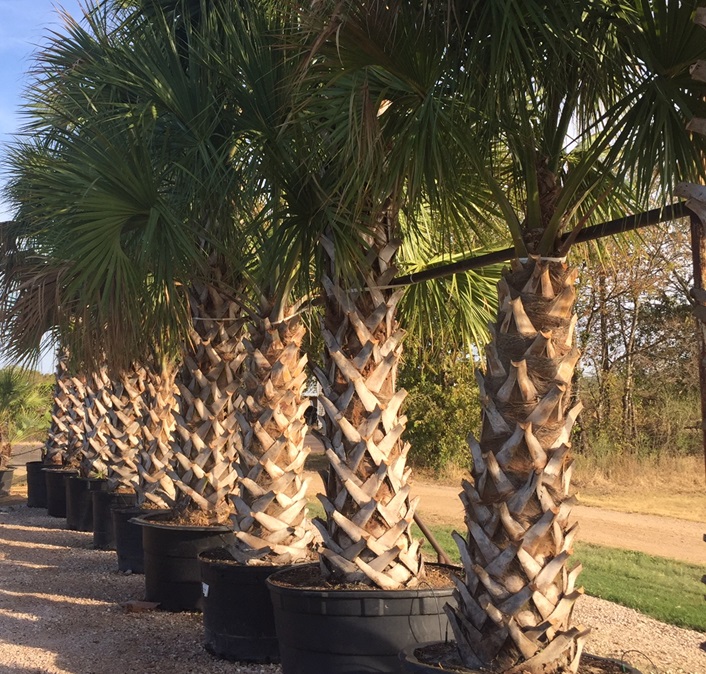August is the perfect time to look around your neighborhood and see what is thriving in this oppressive Central Texas heat. If you have been thinking about planting in a new area, adding screening or simply rejuvenating an existing landscape, observing what does well at the hottest time of the year should give you some great ideas of what will thrive in years to come.
Texas Ranger, also known as Texas Sage, Cenizo, or Barometer Bush, has been giving us a particularly good show the past week. Abundant flowers appear when humidity is high, often before rains, and a dramatic show of flowers follow rainfall-hence the name “Barometer Bush”. The scientific name Leucophyllum refers to the whitish leaves, and Cenizo is the Spanish word for ash, referring to its gray leaves.
Plant Texas Ranger in full to part sun, and always plant in well-drained soil. Give the plant room to grow- some varieties can grow to 8’ tall and 4’-6’ wide. Although many lawn maintenance crews tend to “shape” this shrub into rounded spheres, it is best to avoid this practice. Selective pruning to maintain a more “natural” shape is aesthetically pleasing, and much better for the plant.
Unfortunately, after many years of shearing into rounded spheres, many Texas Rangers begin to thin out and loose the leaves in the center of the plant. This is because shearing causes a thick layer of new growth to form on the outside of the shrub, and it shades out the leaves in the center of the plant. Many people become disenchanted with this shrub when it does this, not realizing that it is entirely preventable. If this has happened to your Texas Ranger, you can “rejuvenative” prune your shrub back to the ground in late February, and it should grow back to its natural form.
Many species and selected varieties are available to us today, thanks to Horticulturists such as Lynn Lowery. He discovered a new, rare species of Leucophyllum, now called “Lynn’s Legacy” Cenizo. This plant achieved “Texas Superstar” status in 2012, and is a more compact growing, drought resistant plant with unbelievable flowering capacity. It has gray foliage and light purple flowers and can grow to 5’x5’. When it blooms, the entire plant is covered with flowers so dense the leaves are no longer visible! It requires extremely good drainage, and will not tolerate heavy soils or seasonally wet areas.
‘Desperado’ Sage is a gray-leafed shrub that can grow to 8’ tall and 4’-6’ wide. It is important to plant it where its mature size will not need to be controlled, if at all possible. As I mentioned before, these shrubs look best in their natural form, with only light, selective pruning necessary. Full to part sun and well-drained soils are required.
‘Green Cloud’ Sage is an older selection with gray-green leaves and magenta flowers. It is often used as screening, and can grow 8’-10’ tall and 4’-6’ wide. It is more forgiving when heavily pruned than some of the other varieties, and can also be cut to the ground to rejuvenate an unsightly plant.
Many other varieties exist, including a white flowering form that looks like “popcorn” when it blooms. All varieties thrive in hot, dry conditions and deserve a place in a drought-resistant landscape.




